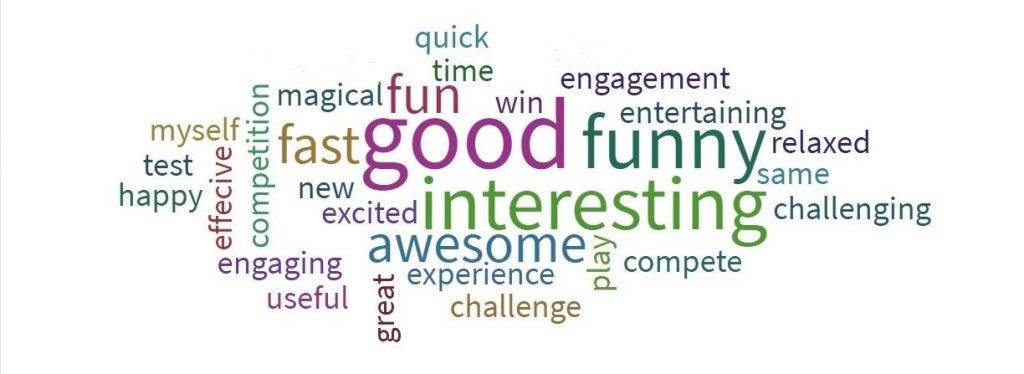Imagine a classroom where all students are in full swing, engaged in a game that tests their understanding and performance and each student is competing to rank on top of the game chart. What makes a game so engaging? How can a game blend content and fun and make learning an enjoyable experience? Kahoot! is a popular game-based learning platform for formative assessment that engages students via competitive quizzes, surveys and puzzles with flexible dynamics and fascinating aesthetics. Kahoot’s question modes and types allow for the use of different pedagogical methods.

Kahoot! was created as a social learning tool in which students answer questions projected on a whiteboard or a screensharing tool such as Skype or Google Hangouts. Students don’t need to log into the Kahoot! website; they need a PIN number to start the game. Kahoot’s variety of features and modes allow teachers to create games by adding questions, images or videos.
Once questions are created, teachers can display the Kahoot! game on the board and the students can see the pin number in which they need to type it on their devices. When the game starts, it is displayed on a whiteboard and the students see the questions and each answer options that correspond to a specific color and shape on the student’s mobile device.
In the quiz game, students choose the color and symbol that matches the same color and symbol on the board. In the Puzzle game, the players arrange the shapes in the correct order. Top winners are determined by the timeliness of their correct responses; a graph is displayed when the game ends to show the top three leaderboard.

So what makes Kahoot! fun and engaging?
- Kahoot is fun and engaging.
- It offers “motivational stimuli” through instant feedback and rewards.
- It improves classroom dynamics with audio and points
- The games are competitive and dynamic.
- Its aesthetics are appealing with vivid colors and the options that allow teachers to add pictures, videos and slides.
- It enhances 21st century skills in terms of critical thinking, collaboration, information and technology skills.
